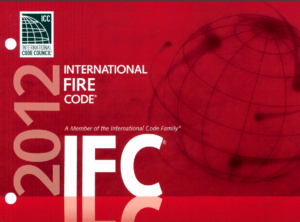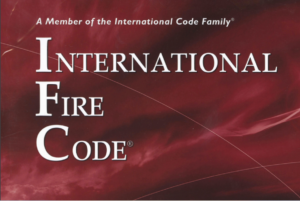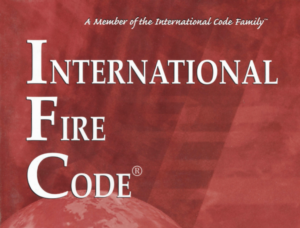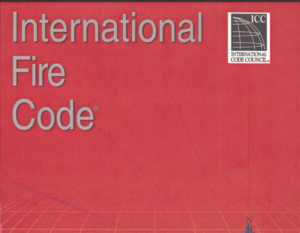The 2010 edition of NFPA 13, titled “Standard for the Installation of Sprinkler Systems,” was formulated by the Technical Committee on various aspects of water-based fire protection systems. This document, approved as an American National Standard on August 26, 2009, consolidates previous editions and integrates substantial advancements to accommodate evolving requirements in fire safety. The standard provides comprehensive guidelines on the design, installation, and maintenance of sprinkler systems aimed at protecting life and property from fire.
NFPA 13 is rooted in a longstanding tradition of fire safety, dating back to its first publication in 1896. Through continuous updates, it has adapted to technological advances and changing fire safety needs. Noteworthy updates include a significant overhaul in 1991 to enhance user-friendliness, a major reorganization in 1999 to streamline design and installation processes, and updates in 2002 and subsequent years to refine system specifications and installation criteria based on new research and field data.
This standard covers a broad spectrum of fire sprinkler system applications, detailing criteria for everything from system components like pipes and valves to installation techniques that mitigate issues such as microbiologically influenced corrosion or seismic events. It also lays out specific rules for various types of buildings and storage configurations, ensuring tailored protection strategies that address the unique hazards of each environment.
Moreover, NFPA 13 emphasizes the importance of adhering to updated safety standards, providing a framework for consistent upgrades to older systems and accommodating new technologies that may offer equivalent or superior safety outcomes. This document serves as a crucial resource for professionals in the fire protection field, guiding the installation of effective and reliable sprinkler systems that conform to recognized safety standards.






